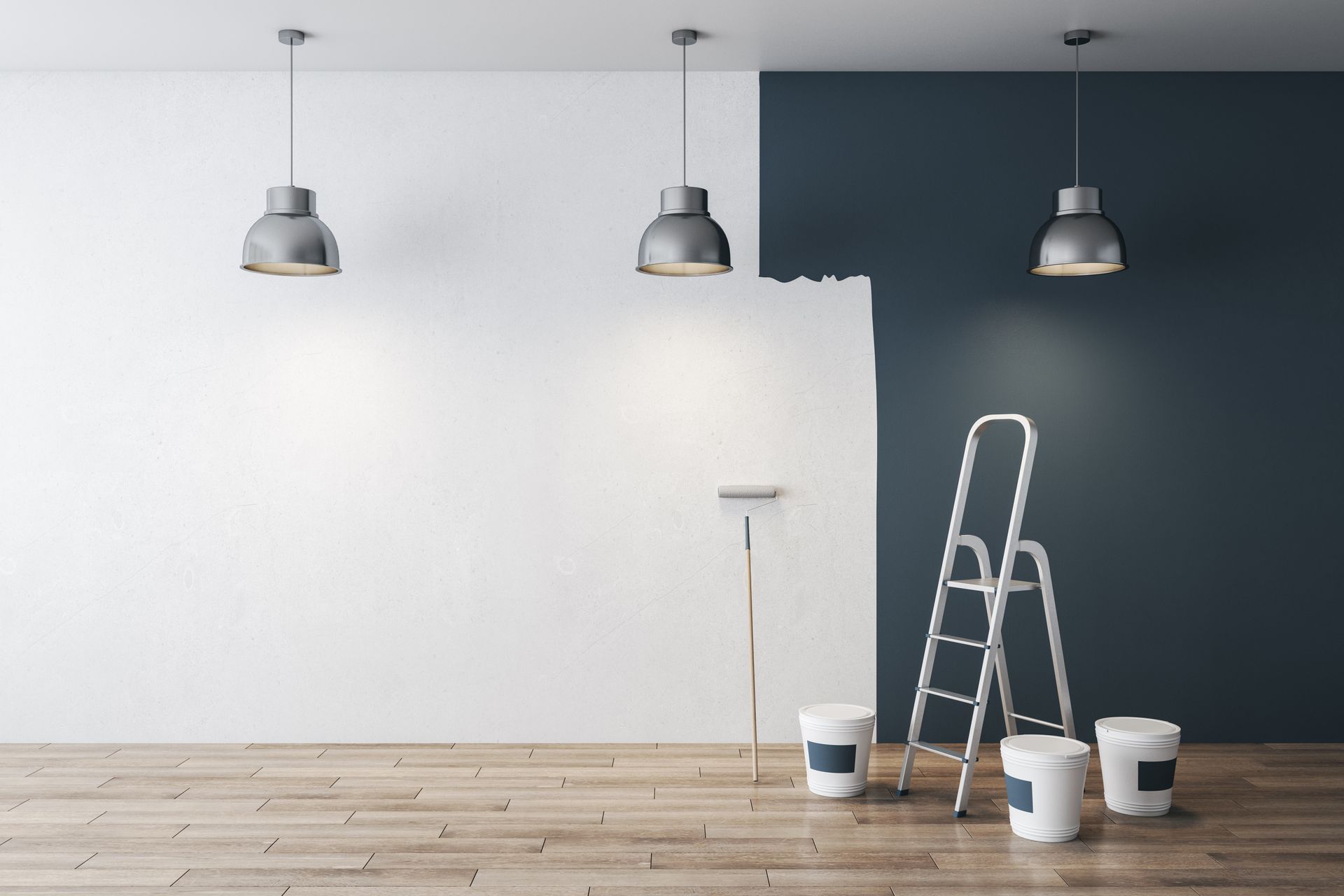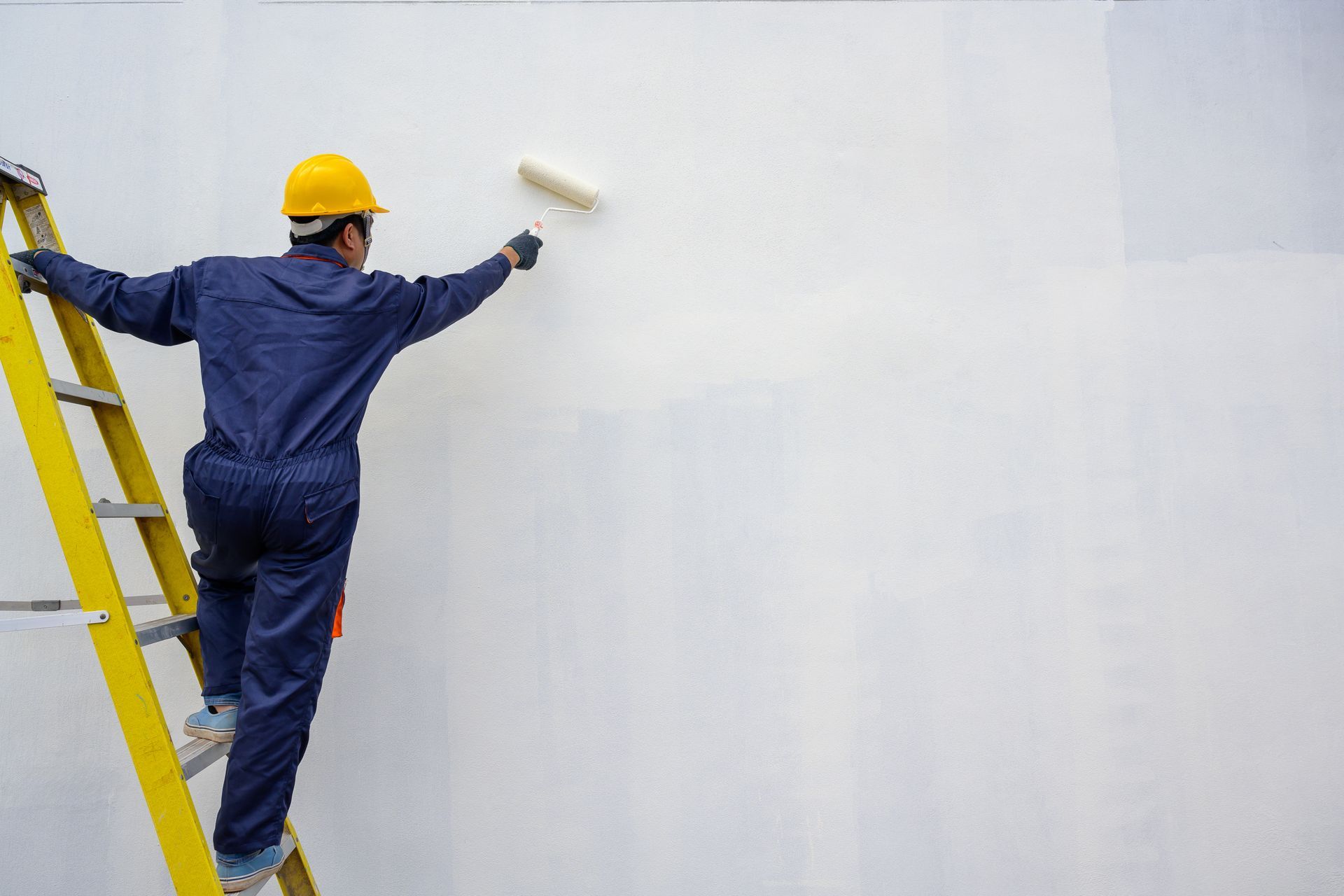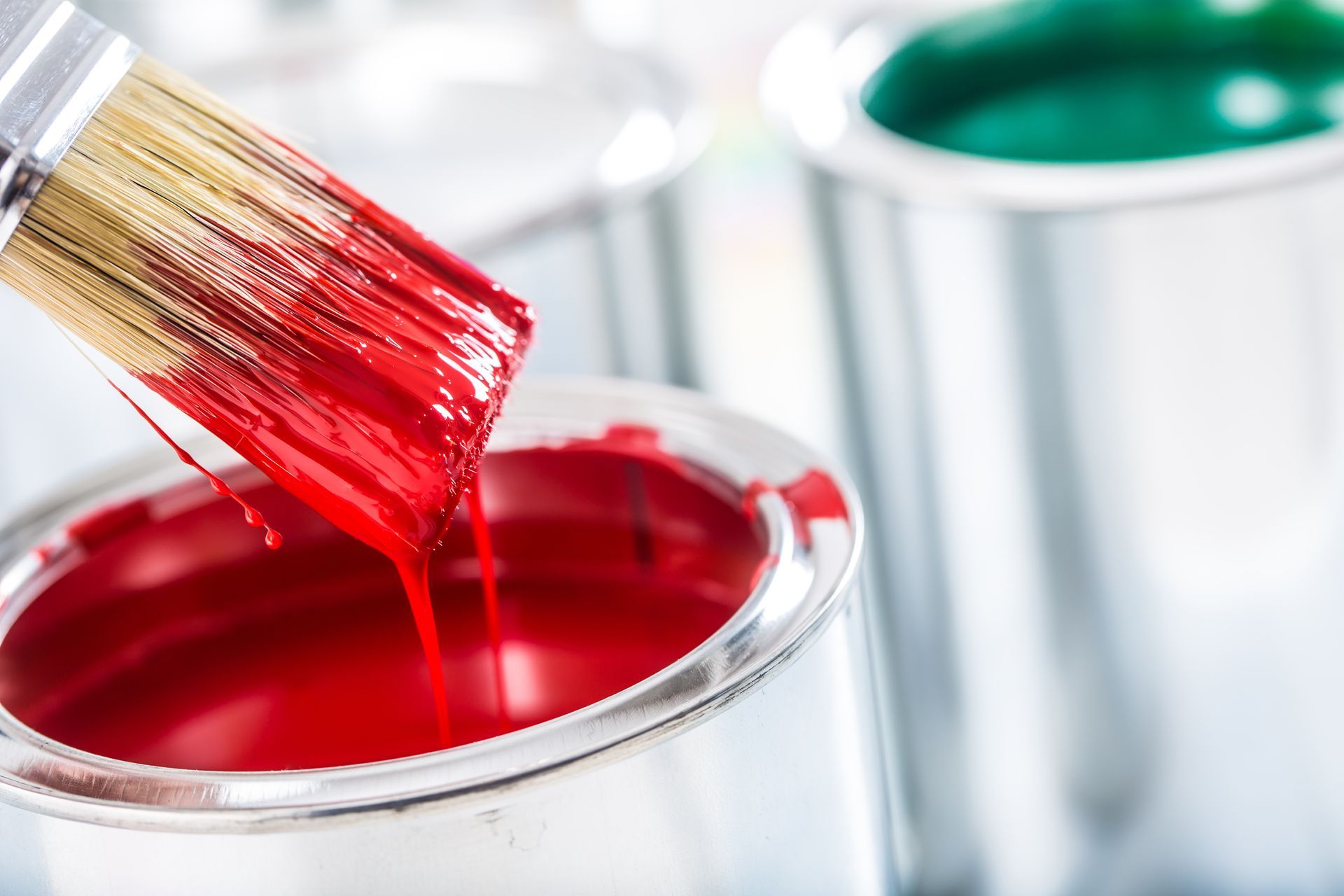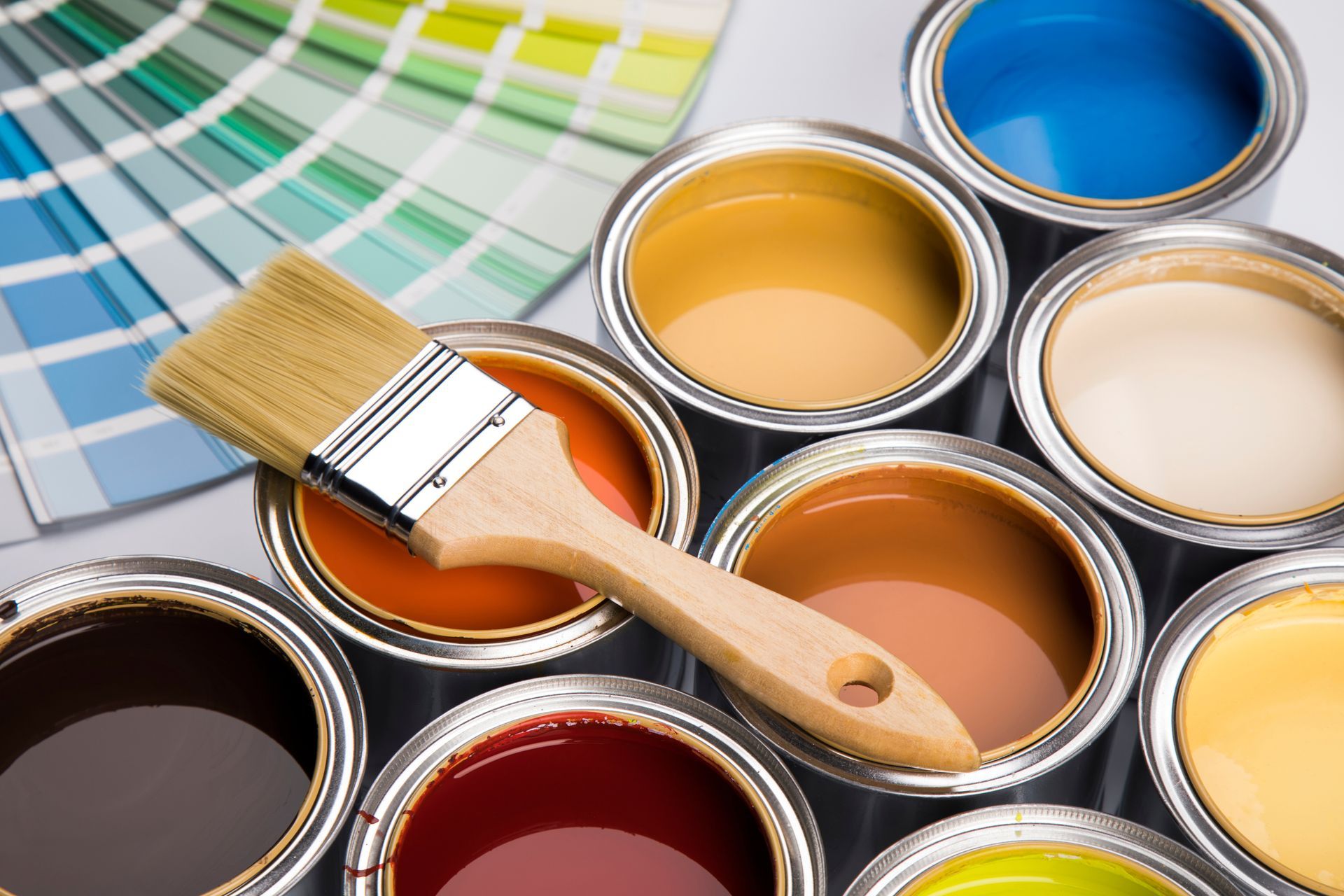When it comes to transforming the interior of your home or business, few things are as impactful as a fresh coat of paint. The right colors and finishes can breathe new life into a space, making it feel welcoming and vibrant. However, the world of interior painting is riddled with myths and misconceptions that can lead even the most enthusiastic homeowner astray.
We'll dissect and debunk five of the most prevalent interior painting myths, providing you with the facts you need to make informed choices about your next painting project. Whether you're contemplating a bold new color scheme or considering the finish that's right for your space, this guide will help dispel common misunderstandings.

Myth 1: Dark Colors Make Rooms Feel Smaller
One of the most enduring myths in interior design is the belief that using dark colors in a room will make it appear smaller and more confined. This misconception often leads people to play it safe with lighter shades, potentially missing out on the dramatic and cozy ambiance that darker tones can provide.
In reality, dark colors have the ability to add depth and sophistication to a
space. When used strategically, they can actually create the illusion of expansiveness by blurring the room's boundaries. For instance, painting a wall in a deep hue can make it seem to recede, thereby visually enlarging the room. Additionally, dark colors are excellent for highlighting architectural features and can bring a sense of warmth and comfort to living spaces.
Myth 2: All White Paints Are The Same
A surprisingly common myth in interior painting is the idea that all white paints are essentially the same. This misconception can lead to undervaluing the impact of choosing the right shade of white, resulting in spaces that lack the desired atmosphere or aesthetic. In reality, the spectrum of white paint is incredibly diverse, and the subtle differences between shades can have a significant impact on the look and feel of a room.
White paint comes in a vast array of shades and undertones. Some whites can have blue, grey, or even pink undertones, dramatically affecting how they appear in different lighting conditions. For instance, a white with blue undertones might give off a cooler, crisp look, ideal for a modern, minimalist space. In contrast, a white with warmer yellow or red undertones can make a room feel cozier and more inviting.
Choosing the right white paint requires careful consideration of the room's lighting, size, and decor. It's not a one-size-fits-all decision, and taking the time to select the appropriate shade can make a significant difference in the overall ambiance of your space. Best bet is to pull samples and place them against the wall to see how each looks in the space. Another option is to order a small can of the color you're considering and paint a test area on the wall to see how it looks in natural light.
Myth 3: Paint And Primer Are The Same Thing
Primer and paint serve distinct purposes, and understanding their differences is key to a successful painting project. A primer is designed to prepare the surface, ensuring that it's uniform and ready to receive paint. It provides a smooth base that enhances paint adhesion, leading to better coverage and a more durable finish. Primers are especially important when painting over dark colors, raw wood, or surfaces with stains, as they help in covering these challenging areas effectively.
On the other hand, paint provides color and finish. While many modern paints include ingredients that improve adhesion and coverage, akin to a primer, they don't always negate the need for a separate primer layer. For example, when dealing with surfaces that are porous, heavily stained, or have a lot of imperfections, relying solely on a paint-and-primer product may not be sufficient. In these cases, a dedicated primer is necessary to address the specific issues of the surface, ensuring that the topcoat of paint looks its best and lasts longer.
Myth 4: Any Brand of Paint Is Fine To Use
The truth is, the brand and quality of paint used can significantly impact the outcome of a painting project. Different brands offer varying levels of pigment concentration, durability, coverage, and ease of application. High-quality paints, often from well-known and reputable brands, tend to have higher pigment levels, providing richer, more vibrant colors. They also often include better binders and additives that improve the paint's adherence to surfaces and its overall longevity.
Lower quality paints might seem like a bargain at first glance, but they often require more coats to achieve the desired opacity and evenness, leading to increased labor and material costs. They may also fade or wear out more quickly, necessitating more frequent repaints. This can make them more expensive in the long run, both in terms of time and money.
Myth 5: DIY Painting is Always Cheaper Than Hiring Professionals
A common myth in home improvement is that DIY painting is always more cost-effective than hiring a
licensed local painting professional. This belief overlooks key factors such as the efficiency, expertise, and quality of work that professionals bring. While DIY can save on immediate labor costs, it often leads to additional expenses in tools, supplies, and potential corrections due to inexperience. Moreover, professionals ensure safety, proper surface preparation, and use of high-quality materials, which contribute to a durable and aesthetically pleasing finish. In many cases, hiring a professional painting company can be a more economical and reliable choice in the long run, both in terms of financial cost and overall satisfaction.
Contact Pioneer Painting for Professional Painting Services
When it comes to bringing your interior design vision to life with the perfect paint job, professional assistance is invaluable. Pioneer Painting in Longmeadow, MA, offers a team of highly skilled and experienced painting professionals ready to tackle projects of all sizes. Pioneer Painting offers residential painting and commercial painting services throughout Western MA and Northern CT. Whether you're searching for commercial painters near me or painting contractors in Western MA, Pioneer Painters can provide the quality, value and service you're looking for. Contact Pioneer Painters today!
Recent Blogs




Get A Fast Quote Online
Have a painting project you need a quote for? Submit a fast and easy quote request online
Pioneer Painters is a Painting Contractor in Longmeadow, Massachusetts and the surrounding areas. Call today for more Painter Service Information.
Site Links
All Rights Reserved | Pioneer Painters

